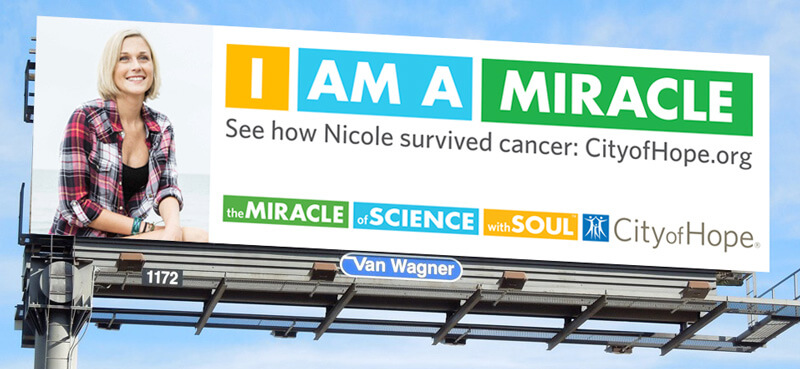
As published in mhtmagazine.com
Thirty years ago cancer was often a death sentence. Today, the number of people living beyond a cancer diagnosis in the U.S. reached 14.5 million in 2014 and is expected to increase to almost 19 million by 2024.
A cancer diagnosis now is more like a chronic illness that has to be managed and monitored. Two out of three people who have cancer survive five years or more, according to the Center for Disease Control in Atlanta. And advancements in early detection and treatment are helping hundreds of thousands of people with cancer live longer and more productive lives.
Yet the data we see often is focused on how many people have died or how many new cancer cases in the U.S. will be diagnosed this year. A decade ago that tactic worked well when it came to raising money for medical research. However, as more progress is being made in the fight against cancer, donors are becoming more aware of progress in general, and are far more conscious than ever before about how their money is spent. And they’re not buying into hearing about how dire the situation is. If medical research facilities and non-profits want to raise funds they need to inspire donors with positive outcomes.
At Interplanetary we are marketing strategists that specialize in fundraising as well as brand development. Our research has shown time and again that optimism wins over pessimism when communicating with donors in healthcare and other markets, just like it does with mainstream consumers. We grew up developing direct marketing campaigns for clients such as Time Warner Cable, Ameritrade, Allstate and American Express. We saw that our work needed to quickly make a lasting and deep emotional connection with consumers and that a positive, optimistic voice was critical.
Hope as a means of effecting positive change is deeply embedded into the American psyche and is the cornerstone of major political campaigns, rags to riches stories, even the movies we see time and again. We turn to hope when seeking solutions or new realities, pointed out James W. Frasier in his seminal 2004 book, A History of Hope: When Americans have Dared to Dream of a Brighter Future. Frasier’s study resulted in over 3,000 research projects that largely confirmed his hypothesis.
Donor research has shown us that in an age of growing skepticism towards charities, the desire to make the world a better place is still very much alive and well. Donors have not lost their appetite for giving – they’re just more careful about how they donate and to whom. And they do their homework.
We have found that some of the messages that management and employees tend to take for granted can often be most compelling to the general public. For example, during the discovery process for the Leukemia and Lymphoma Society’s “Someday is Today” campaign one of the most compelling proof points came from data itself In 1964, a child’s chance of surviving the most common form of childhood leukemia was three percent. Today about 90% of all children survive. While researchers and the medical community have known this for a long time (and have acknowledged LLS’ role in making this a reality), the public found this to be among the most compelling reasons to support LLS.
For LLS, this approach helped us optimize media channels and improve digital strategy over time. And it showed us that when all media were employed, online donations increased by over 50%.
Donors aside, the impact of a positive outlook on cancer patient outcomes has long been documented. For example, in December of 2015 Nadja Kadom, M.D., acting associate professor of radiology at Emory University School of Medicine in conjunction with a team of researchers worked with 230 patents undergoing interventional radiology procedure. She studied how patients in “positive feeling states” and “negative feeling states” responded to treatment. Patients who were highly negative experienced significantly more adverse events that patients without one.
For City Of Hope hospital in Duarte, California, the power of a maintaining a positive patient outlook has become an essential ingredient of brand building. Bringing the uniqueness of the hospital’s “mind/body/spirit” outlook together with the scientific advances made on the Duarte campus was key to telling the story of how City Of Hope saves lives.
And how compassionate care merges with science has become the cornerstone of all communication to patients, donors and caregivers. The campaign, which broke last month on television and in outdoor media throughout California, will be expanded to several other markets in the coming months. It leverages the doctors, patients and medical advances to tell the story of how when science and compassion unite, the impossible becomes possible – a strong yet demonstrable notion.
Whether it is healthcare or delivery organizations or support systems, the power of a compelling, positive story combined with real data to back up progress sends a message of hope that captures hearts and minds to build strong and lasting relationships among physicians, donors and non-profits. Isn’t it time that research organizations embrace this approach?

